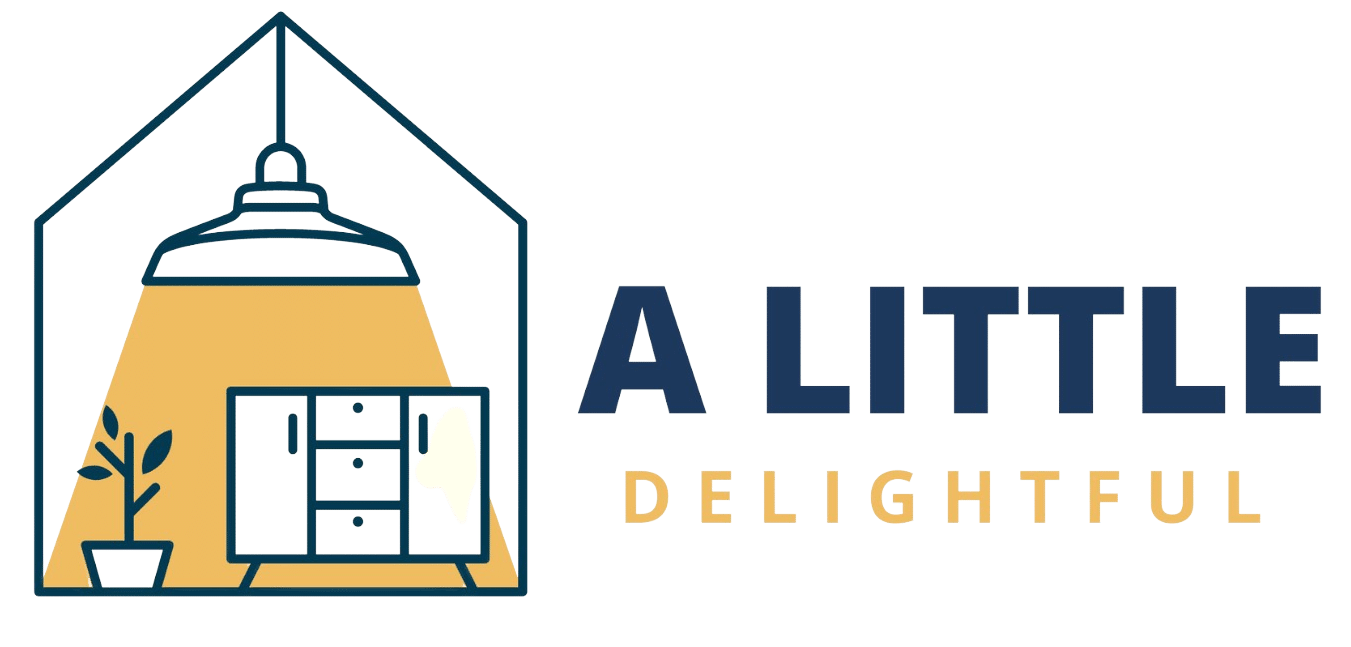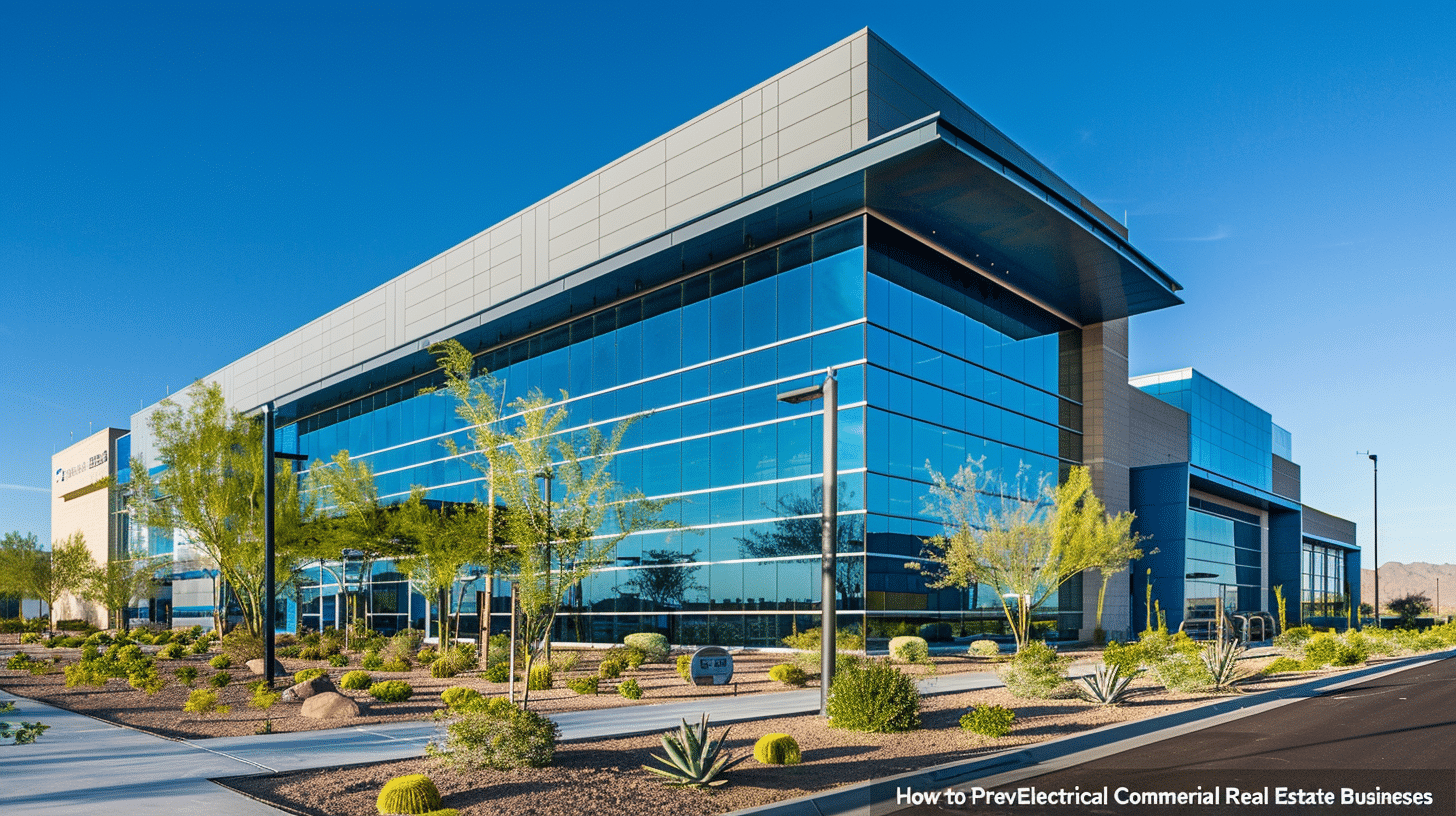In the competitive roofing industry, a robust marketing strategy is a necessity for sustained growth. A well-executed plan can generate a consistent pipeline of qualified leads, build brand authority, and ultimately drive revenue. However, marketing landscapes evolve, and once effective strategies can quickly become obsolete. Recognizing the warning signs of an underperforming marketing plan is crucial for making timely adjustments and staying ahead of the competition.
The following are nine indicators that suggest your roofing company’s marketing approach may require a significant overhaul:
1. Inconsistent or Declining Lead Generation
A healthy business thrives on a steady stream of potential customers. When lead generation becomes sporadic or enters a consistent downward trend, the marketing plan isn’t fulfilling its fundamental purpose. This inconsistency can force your business into a reactive cycle, struggling to fill your schedules rather than planning for sustainable growth.
Elaborating on this point, the issue may not just be quantity but also quality. Suppose the leads being generated are largely for minor repairs or are from homeowners outside the service area. In that case, the targeting parameters within the marketing plan are misaligned and require refinement to attract high-value, relevant projects.
Also, for many contractors, the issue begins with a weak digital foundation, making a strategic approach to online marketing for roofers absolutely critical for visibility and lead conversion.
2. Low-Quality Website Traffic and Engagement
Simply having a website is insufficient. Some key metrics must be analyzed to gauge its effectiveness. A high bounce rate, where visitors leave the site after viewing only one page, can indicate that the content, user experience, or roofing website design is not resonating.
Similarly, low average session durations suggest that the site fails to engage visitors. If analytics reveal that organic traffic isn’t coming from the primary service areas or consists of irrelevant keywords, the search engine optimization (SEO) and local SEO for roofers components of the marketing plan are underperforming. Your website should act as a 24/7 sales representative, and if it’s not engaging visitors, it’s failing in its core mission.
3. Over-Reliance on a Single Marketing Channel
Diversification is a key principle of risk management in marketing. A roofing company that depends entirely on paid search ads, a single referral partner, or door-knocking campaigns is vulnerable. Algorithm changes by search engines can decimate pay-per-click (PPC) performance overnight.
A key partner might switch to a competitor. A multifaceted marketing plan that incorporates SEO, content marketing, social proof, and strategic partnerships is far more resilient and provides multiple avenues for digital lead generation.
4. Neglecting Online Reviews and Reputation Management
In today’s market, your roofing company’s reputation is largely built online. A sparse collection of reviews on marketing platforms like Google My Business, or worse, a plethora of negative, unanswered reviews, can severely damage credibility.
Prospective homeowners actively seek out social proof before making a significant investment in their property. A marketing plan that doesn’t include a formalized process for soliciting, monitoring, and professionally responding to reviews is missing a critical opportunity to build trust and convert hesitant prospects into confident customers.
5. Failure to Leverage Social Proof Effectively
Beyond basic reviews, social proof encompasses case studies, before-and-after photo galleries, and video testimonials. A marketing plan that fails to showcase completed projects and satisfied customers relies on claims rather than evidence.
Homeowners want to see tangible examples of a roofer’s workmanship and hear directly from peers about their experience. This content is powerful for conversion on the website and provides valuable material for social media campaigns and email newsletters, creating a compelling narrative of quality and reliability.
6. Ineffective Use of Visual Content
Roofing is a highly visual trade. Marketing materials dominated by text, without high-quality images and videos, fail to capture attention or demonstrate capability.
Your modern marketing plan must prioritize visual storytelling. This includes professional photography of completed projects, drone footage that provides unique aerial perspectives, and short-form video content that explain processes or showcase team expertise. Social media platforms are also ideal for distributing this content, helping to build a brand that’s perceived as modern and professional.
7. No Clear Tracking or Data Analysis
Marketing efforts without analytics is akin to navigating without a map. If there’s no system in place to track which initiatives generate leads, be it a specific PPC ad, a social media post, or a local event, then budget allocation is based on guesswork.
A marketing plan in need of an upgrade lacks key performance indicators (KPIs) and a regular reporting schedule. Understanding metrics like cost per lead, customer acquisition cost, and return on investment (ROI) for each channel is essential for optimizing spending and focusing efforts on the most profitable strategies.
8. Inability to Communicate Unique Value Propositions
If your roofing company’s marketing messaging sounds identical to every competitor’s, it’s competing solely on price. A successful plan can articulate a clear and compelling unique value proposition (UVP).
This could be a specific warranty, a proprietary installation process, exceptional customer service protocols, or a specialization in a certain type of roofing material or roofing accessories Marketing must consistently communicate why your company is the best choice, moving the conversation beyond mere cost and establishing a premium position in the market.
9. Ignoring Mobile Users
A significant majority of local searches are conducted on mobile devices. A roofing website that’s not fully optimized for mobile, with slow loading times, difficult navigation, or unreadable text, will immediately alienate a large portion of its potential clientele. Furthermore, local SEO tactics are intrinsically linked to mobile search, as users often look for “roofers near me.” A marketing plan that doesn’t prioritize a seamless mobile experience is fundamentally flawed in its approach to reaching modern consumers.
Key Takeaway
Your roofing marketing plan is a living document that requires regular review and assessment. The presence of even a few of these signs indicates that it’s time for a strategic pivot. By addressing these deficiencies, your roofing business can build a more resilient, data-driven, and effective marketing engine designed for long-term success.







